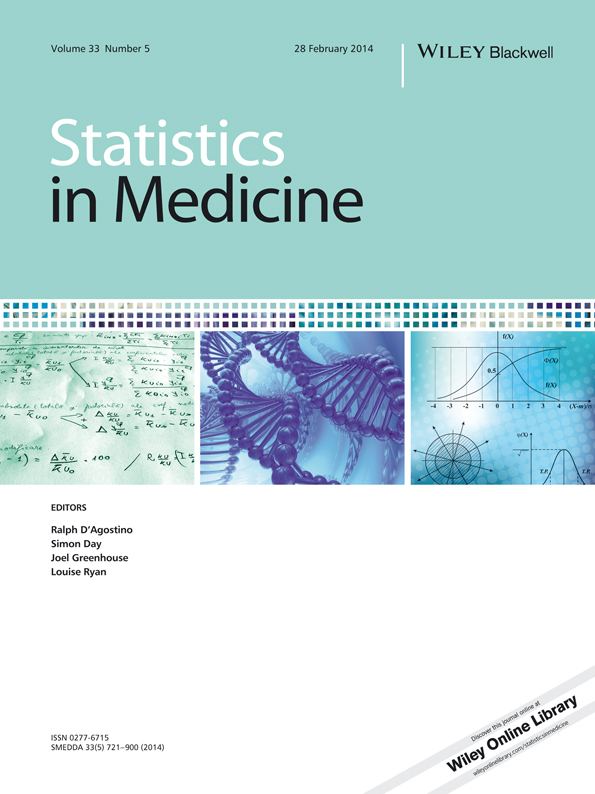An optimal multi-period crossover design for an application in paediatric nephrology
Abstract
Crossover clinical trials can provide substantial benefits by eliminating inter-patient variation from treatment comparisons and by allowing multiple observations of each patient. They are particularly useful when sample sizes are necessarily small. These advantages proved particularly valuable in an assessment of clot prevention in children undergoing haemodialysis. Only small numbers of children are treated at any given time in any single dialysis unit, but each patient is obliged to attend two or three times each week, suggesting the use of a crossover trial with many periods. Standard crossover trials described in the literature (i) typically have fewer than 10 periods and (ii) are based on a model of questionable applicability to this study. This paper describes the derivation of an optimal crossover trial with 30 periods, which was used to compare two anticoagulants using nine patients. There is also a discussion of the analysis of the data obtained in the trial, which had a distribution markedly different from that anticipated when the study was designed. Copyright © 2013 John Wiley & Sons, Ltd.




